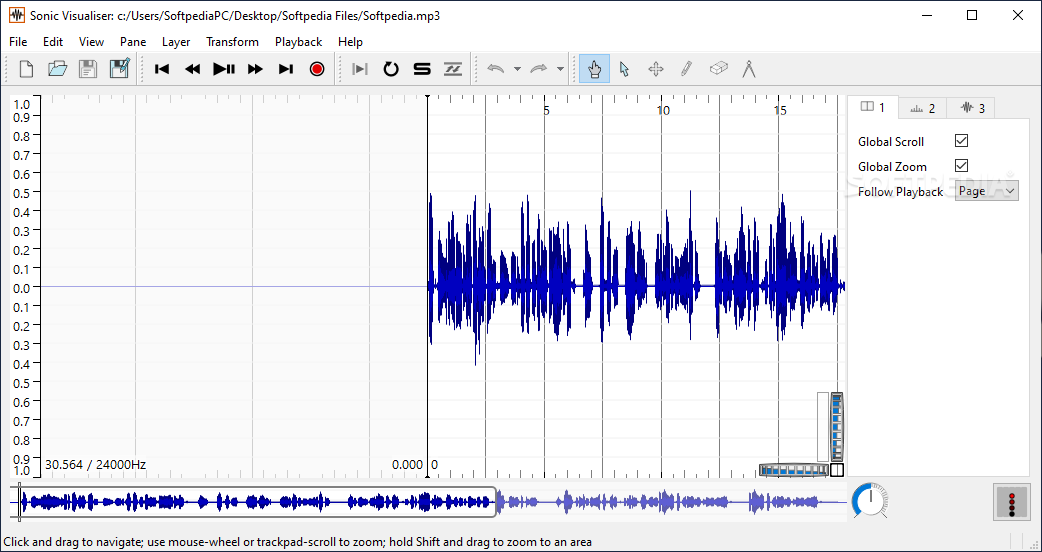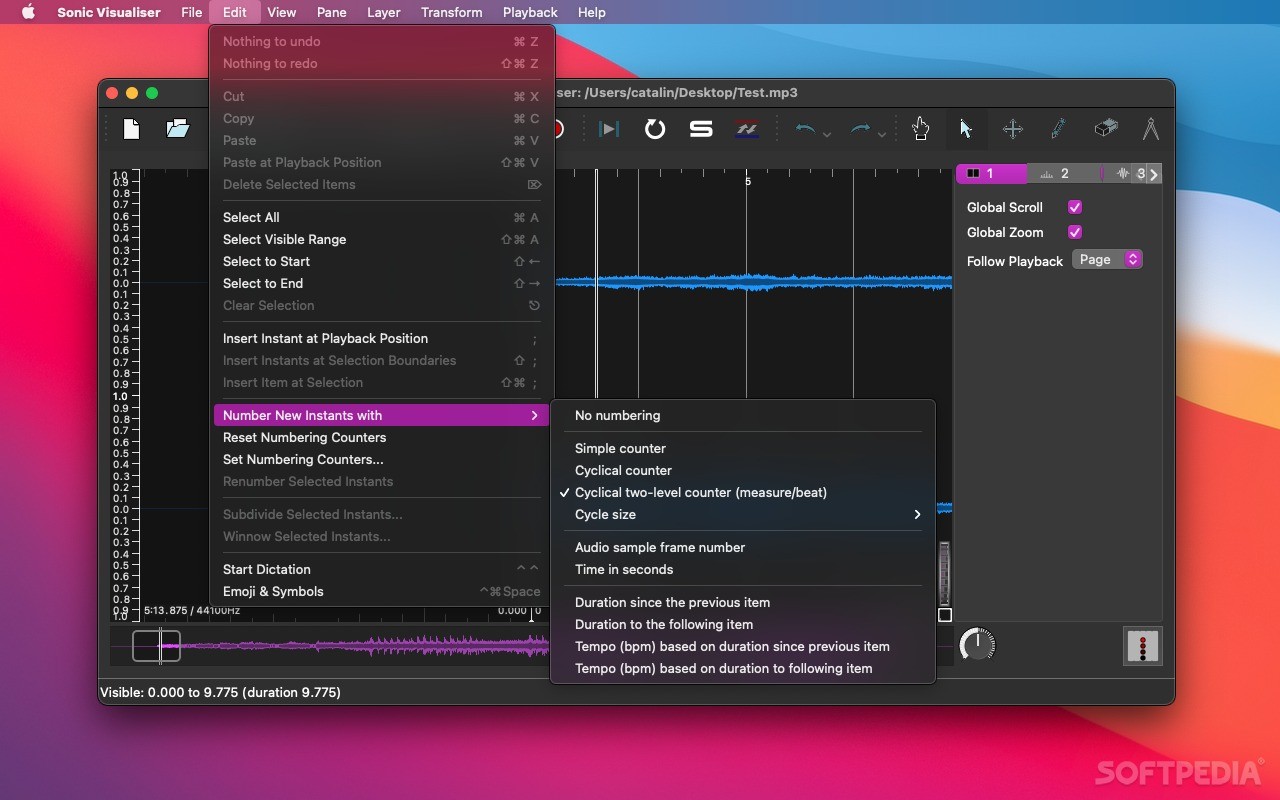

PulseAudio is the standard sound server in Ubuntu Hardy Heron 8.04. Things like transferring the audio to a different machine, changing the sample format or channel count and mixing several sounds into one are easily achieved using a sound server. It allows you to do advanced operations on your sound data as it passes between your application and your hardware. A sound server is basically a proxy for your sound applications. PulseAudio is a sound server for POSIX and Win32 systems. Lucid Lynx 10.04 and Maverick Meerkat 10.10.

 Recording example using PulseAudio and Audacity. PulseAudio does not start automatically. Setting PulseAudio as the default sound card. It's an audio geek's playground, and it all works brilliantly. But Sonic Visualiser can obviously do so much more. You can even use more traditional audio plugins to change the sound and analyze the output, which is an excellent way of reverse engineering their functionality. There's quite a selection to choose from, including a collection of audio algorithms from the BBC's Research and Development department, harmony and chord extraction plugins, beat trackers, tempo trackers, and audio transcription plugins. Even better, though, is the plugin system that lets you add some serious functionality from external sources. The UI updates smoothly, and the application always looks fantastic. You can change the rendering palette for each chart, the scale that's used, and the sampling window. There's even a note layer that takes this a step further, showing the contents of an audio file as if they were MIDI notes.Īll this sounds(!) more technical than it really is, and the best way to understand how Sonic Visualiser works, and what it's capable of, is simply to play with it. A final view shows a slice through one moment in time, giving you the powers of an audio dendrologist, with the frequencies split from left to right above a piano keyboard, and variable amplitude for these frequencies on the vertical. A melodic range spectrogram and a peak frequency spectrogram interpret the frequencies as notes, potentially visualizing a melody. Add a spectrogram, and the color is used to show amplitude and the vertical is used to show frequency. Each is capable of rendering different representations of the same audio, complete with a totally different set of values to measure. As in Gimp, this can be done with layers, but it can also be done by adding new panes below the original. Click on what looks like a pair of compasses, for example, and you can measure the variation between two points on the waveform, with Y showing the sampled voltage and X showing the time – just like an oscilloscope.īut the power really comes from changing what you're looking at. But there are almost no editing tools in Sonic Visualiser.
Recording example using PulseAudio and Audacity. PulseAudio does not start automatically. Setting PulseAudio as the default sound card. It's an audio geek's playground, and it all works brilliantly. But Sonic Visualiser can obviously do so much more. You can even use more traditional audio plugins to change the sound and analyze the output, which is an excellent way of reverse engineering their functionality. There's quite a selection to choose from, including a collection of audio algorithms from the BBC's Research and Development department, harmony and chord extraction plugins, beat trackers, tempo trackers, and audio transcription plugins. Even better, though, is the plugin system that lets you add some serious functionality from external sources. The UI updates smoothly, and the application always looks fantastic. You can change the rendering palette for each chart, the scale that's used, and the sampling window. There's even a note layer that takes this a step further, showing the contents of an audio file as if they were MIDI notes.Īll this sounds(!) more technical than it really is, and the best way to understand how Sonic Visualiser works, and what it's capable of, is simply to play with it. A final view shows a slice through one moment in time, giving you the powers of an audio dendrologist, with the frequencies split from left to right above a piano keyboard, and variable amplitude for these frequencies on the vertical. A melodic range spectrogram and a peak frequency spectrogram interpret the frequencies as notes, potentially visualizing a melody. Add a spectrogram, and the color is used to show amplitude and the vertical is used to show frequency. Each is capable of rendering different representations of the same audio, complete with a totally different set of values to measure. As in Gimp, this can be done with layers, but it can also be done by adding new panes below the original. Click on what looks like a pair of compasses, for example, and you can measure the variation between two points on the waveform, with Y showing the sampled voltage and X showing the time – just like an oscilloscope.īut the power really comes from changing what you're looking at. But there are almost no editing tools in Sonic Visualiser. 
It shows when a sound gets louder and quieter and is often the most useful view for editing audio. Initially, the waveform view will seem familiar to anyone who's played with Audacity or Ardour – it's a waveform with time on the horizontal axis and amplitude on the vertical axis. Instead, it's all about how audio appears and how it can be measured. Sonic Visualiser is a portal into this magical world.Īs its name suggests, Sonic Visualiser doesn't depend on the subjective and variable world of hearing. But audio signals are their own fascinating world and one that doesn't need to be restricted to music or even what you might consider audio. Most of us only become aware of the audio interface when PulseAudio stops playing back our favorite music or when a video chat doesn't detect the microphone. One piece of measuring and analysis hardware is available on nearly every computer, whether that's a smartphone, a Raspberry Pi, or a big box PC: it's the audio interface.








 0 kommentar(er)
0 kommentar(er)
